History of Tae Kwon Do
Tae kwon do, as we know it today was actually invented in the 1940s by combining the ancient Korean style, Taek Kyon and the Japanese martial art Karate. Tae kwon do, Taekwondo, or TKD is a fairly new style, but with roots that reach back for centuries.
Is Tae Kwon Do Safe?
People may hear the words ‘martial art’ and immediately think of a fighting style, but tae kwon do is so much more than that. If you have masters who know how to teach properly, and you study and follow their teachings correctly, it is a very safe sport in which to participate.
The occasional bruise or strained muscle is to be expected, but if properly treated you will not suffer any lasting injuries. However, always remember to follow the instructions of your Sensei or Master. They are there to help you and pass on the knowledge of their art.
Is Tae Kwon Do an Offensive or Defensive Art?
Like a lot of styles of martial art, tae kwon do has both offensive and defensive elements. In a practice studio setting, a good master will present you with a lot of self-defense scenarios. Tae kwon do is meant to be an asset in those types of situations. Just as you will learn how best to use it in a self-defense context, this is a martial art that not only relies heavily on kicking, but also jabbing and punching. A mind-set of TKD is that the legs are the strongest (and usually longest) limbs on the body, and used properly, they can deliver a much more powerful blow than can a jab or punch.
What are the Five Tenents of Tae Kwon Do?
Tae Kwon Do follows a philosophy of living your life according to five important rules, or “tenants”. Whether in training, competition, or just every-day life, a Tae Kwon Do practitioner is expected to uphold these five tenants. They are:
- Courtesy – Simply the practice of being polite in your daily life, in the dojang (studio/school) and out
- Integrity – Honor your word, be honorable in all that you do
- Perseverance – You do not break under pressure, keep going even when the odds are against you
- Self-Control – Learning when it is appropriate to act and when it is not
- Indomitable Spirit – No matter how many times you get knocked down, always get back up.
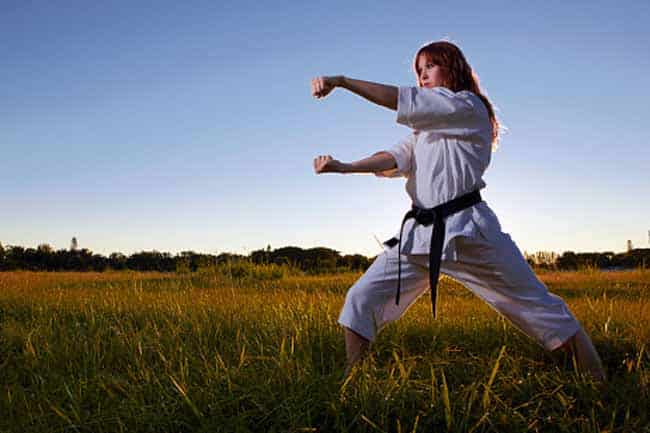
Is Tae Kwon Do Spiritual?
Like most other forms of martial art, taekwondo is built around discipline. This includes discipline of the body, as well as the mind and spirit. Many martial arts students, at one time or another, wonder whether spirituality will be imposed on them. Generally, bowing, as a form of greeting and respect are about the only thing that comes close. Students may find themselves becoming interested in spirituality for other reasons separately, but this is generally not taught in today’s martial arts facilities.
A really important aspect required of the introspection of tae kwon do, or any martial art for that matter, is asking yourself why you want to learn it in the first place. This introspection is important not only to force yourself to try your best, but because it puts you in touch with a deeper part of yourself. If you enrolled for self defense, physical fitness, or self confidence, you may certainly find that you feel better about yourself. Tae kwon do is not as spiritual as a religion, per se, but it can be very healing for one’s psyche.
The Benefits of Tae Kwon Do
Tae kwon do is an interesting skill to learn. You could go to your local Dojang (the Korean word for “Dojo” or “School”) and learn from an instructor there. Any way that you choose to learn, tae kwon do helps develop self-control, a sharp eye, and fast reflexes. Remember, this is both an offensive and a defensive fighting style, so be ready to take care of yourself from both vantage points.
Taekwondo builds extremely strong and flexible leg muscles. There is also a strong “core” muscle component to it as well, but 90% of taekwondo is kicking. Middle, or “Chinese” splits are encouraged as a goal, as the middle split extends one’s reach as far as possible, making for a farther or higher reaching kick. Head kicks are emphasized, and in tournaments, head kicks receive the highest score, but there are also many other strong and powerful kicks in TKD. A favorite of MMA legend, Connor McGregor, is the spinning back kick. In addition to a regular roundhouse kick, Connor has effectively landed these strikes numerous times against MMA opponents. Some of the world’s most powerful strikes on record were landed by Taekwondo Masters.
Disadvantages of Tae Kwon Do
There are a number of Taekwondo schools around you in the Tri-Cities area. Before joining any martial arts facility, it’s important to check around. Ask questions about the school’s pricing structure, belt testing practices, additional fees, uniform or equipment costs, and whether or not the school has a record of competitive success. Take a good look at the master and don’t feel weird about sizing him or her up too, especially if you’re shopping around for your kids. Be sure you are studying under a master who will not be detrimental to your martial arts goals.
Tae Kwon Do is also one of the most highly monetized martial arts there is. Meaning, TKD is expensive. They charge for just about everything, and nothing is inexpensive. Tournament fees are generally higher than other arts, and training and electronic competition sparring gear can add up quickly.
Another issue with cost is how numerous TKD facilities break belt ranks up into half-belts. By breaking the martial arts belts up into half-belts (meaning yellow/green, or blue/red, etc) they effectively double the number of belt tests required to reach the black-belt level. In many ways this is not a big issue, but while there are usually no more than 6 or 7 belts in Taekwondo, breaking them up into half belts means double the testing fees. Belt tests can be fairly expensive – and required – so ask about that before you sign.
The most significant detriment of Taekwondo is actually it’s most imposing strength. That is, TKD is inherently a “striking” art, meaning it consists of mainly strikes and kicks (and blocks). Taekwondo is also often confused with Karate, so we’ve compared Karate vs Taekwondo here. Striking arts like TKD, boxing, Muay Thai, Karate, and others, have value in the martial arts world, but striking arts are incomplete. Meaning, if you take any one of these fighters to the ground, which is where the majority of physical altercations end up, the striker will be out of his or her element and literally at the mercy of the stronger gound-fighter. Brazilian Jiu Jitsu and Judo are both great grappling arts that can make up for the shortcomings of TKD, with Judo being the one with a slightly stronger advantage. The Judo practitioner is generally extremely strong due to Judo being such a full-body art, and the Judoka will have the ability to defend himself or herself from either a standing or groundfighting position. For these reasons, Judo is a great addition, supplement, or “next step” to any TaeKwonDo training program.

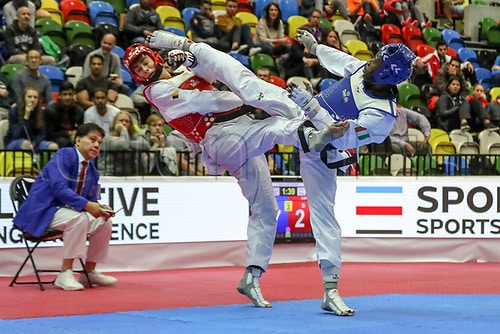
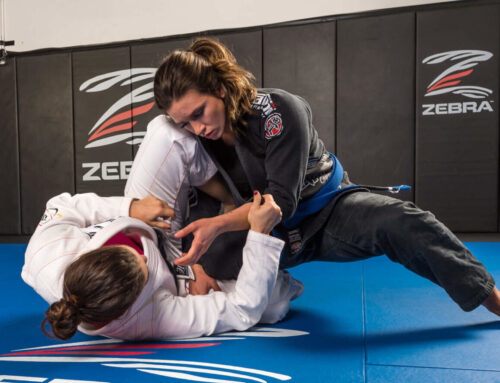
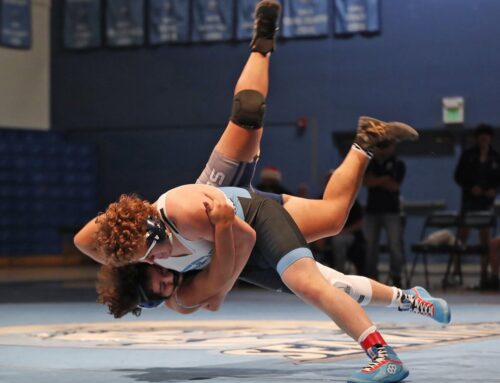
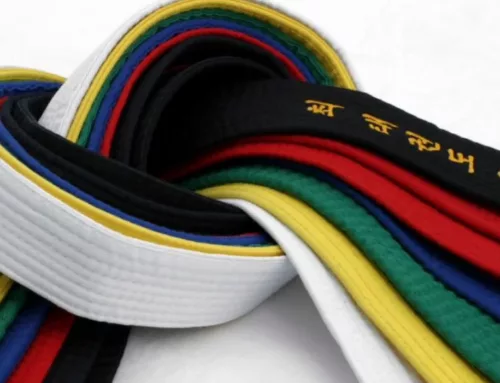
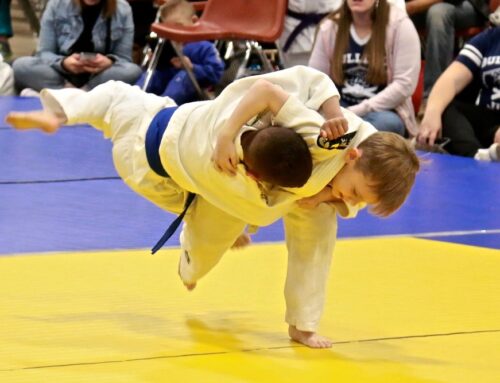

Leave A Comment